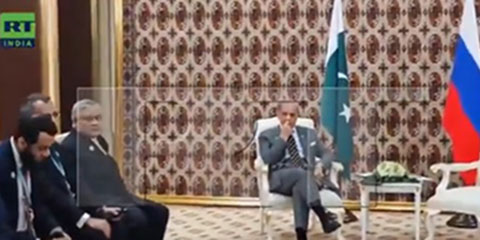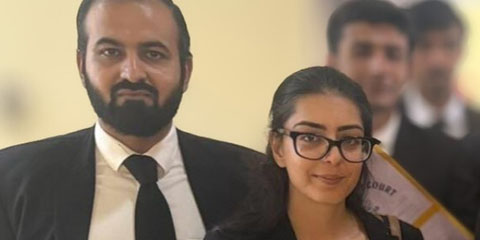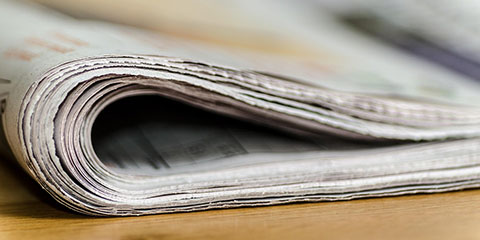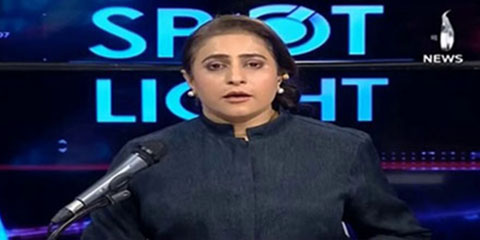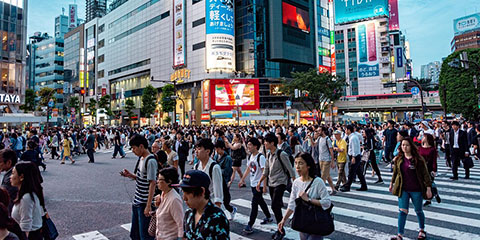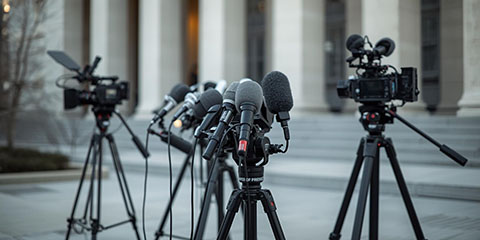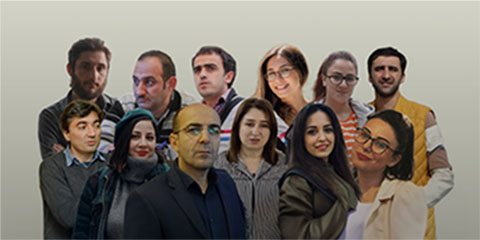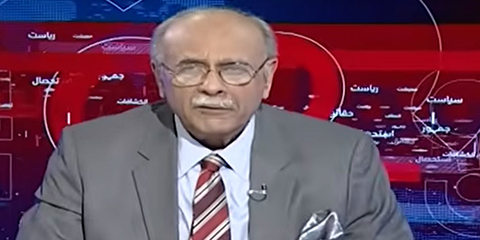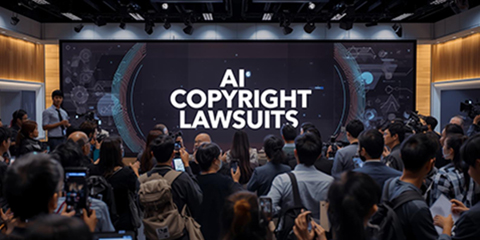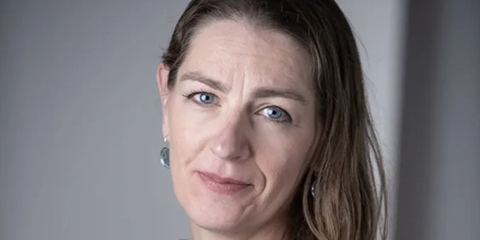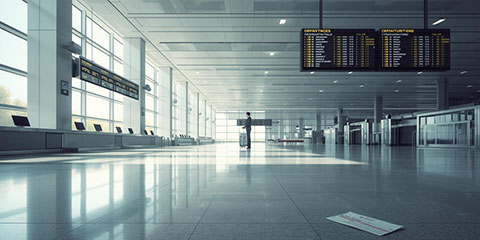The Pakistani media landscape in 2021
JournalismPakistan.com | Published 3 years ago
Join our WhatsApp channel
ISLAMABAD - In many ways, 2021 was a landmark year for the media in Pakistan as press freedom remained vulnerable to regulatory pressures, threats, and intimidation, according to a special report published in The News.
Titled Repression, resistance – and innovation, Adnan Rehmat (pictured), a media development specialist, wrote that media freedoms were threatened by the government's move to enforce controversial and restrictive rules to regulate journalism and the information ministry's pet obsession to form a centralized media regulatory body in the shape of the proposed Pakistan Media Development Authority (PMDA).
According to him, anger over the proposed PMDA did not remain restricted to the media practitioners' community. However, it spread to political parties and civil societies that correctly saw the proposal to be the most draconian tool in Pakistan's history to control the media as it transitions deeply into a real-time, 24/7 digital media and information milieu.
"The proposed PMDA wasn't the sole reason for Pakistan's growing enemy-of-the-media image in 2021," he pointed out. "In October, the information technology and telecom ministry issued the Removal and Blocking of Unlawful Online Content regulations that gave the authorities the right to control and censor any message posted on social media platforms."
"Over the course of 2021, Pakistani journalists who actively connected with news audiences on social media during the pandemic continued to face abuse, trolling, harassment and coordinated online campaigns to malign and discredit their journalism. Women journalists were particularly targetted to which they responded with joint statements calling out the perpetrators of the vicious online attacks against them, including followers of the ruling party."
According to the writer, some glimmer of hope for the media in 2021 came through the Sindh Protection of Journalists and Other Media Practitioners Act by the Sindh government in August and the Protection of Journalists and Media Professionals Act by the federal government in November. "These are the first laws of the kind in the world and are largely based on best practices and guidelines of the UN Plan of Action on Safety of Journalists and Issues of Impunity issued by UNESCO in 2012 and endorsed by Pakistan in 2013," he wrote.
"The other plus for the media landscape is how a new ecosystem of independent, non-legacy journalism start-ups is changing the face of media in Pakistan through a missionary focus on public-interest journalism, which has been all but abandoned by legacy media such as newspapers and television media in the face of corporate interests and state intimidation."
"The state of digital media freedoms in Pakistan remained weak and vulnerable to regulatory pressures and threats against online expression during 2021 despite limited gains in internet access and use," Rehmat highlighted. He acknowledged that several online-only news platforms, such as those represented in the Digital Media Alliance of Pakistan (DigiMAP), are bringing stories from Pakistan's mainstream and margins alike, and bringing forth voices and perspectives from women, minorities and segments of the rural heartland that are either deliberately ignored or unheard on TV and print.




